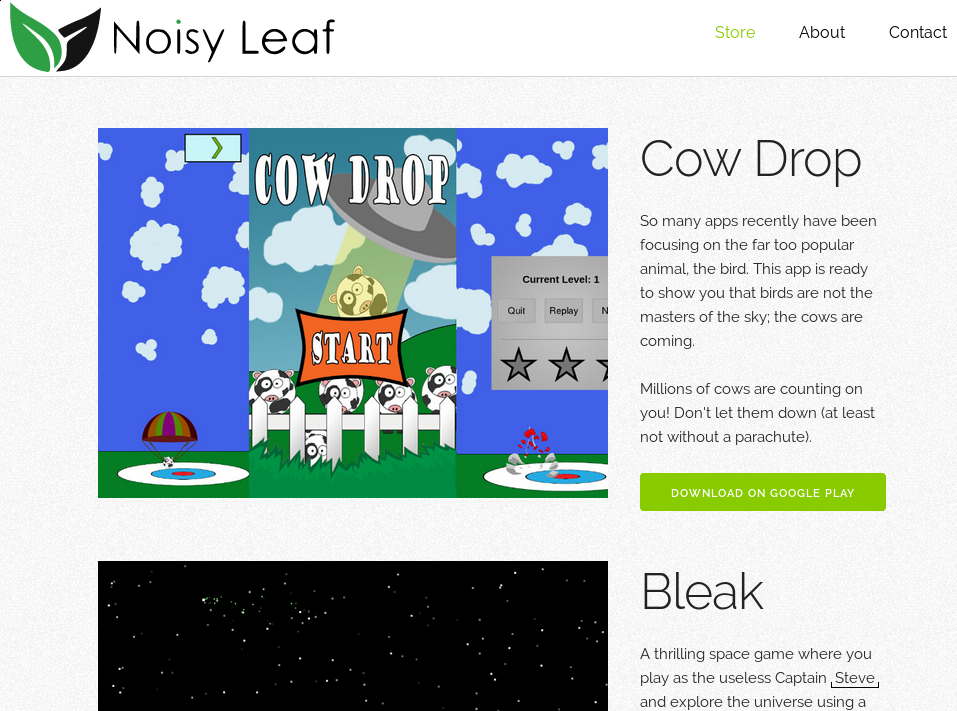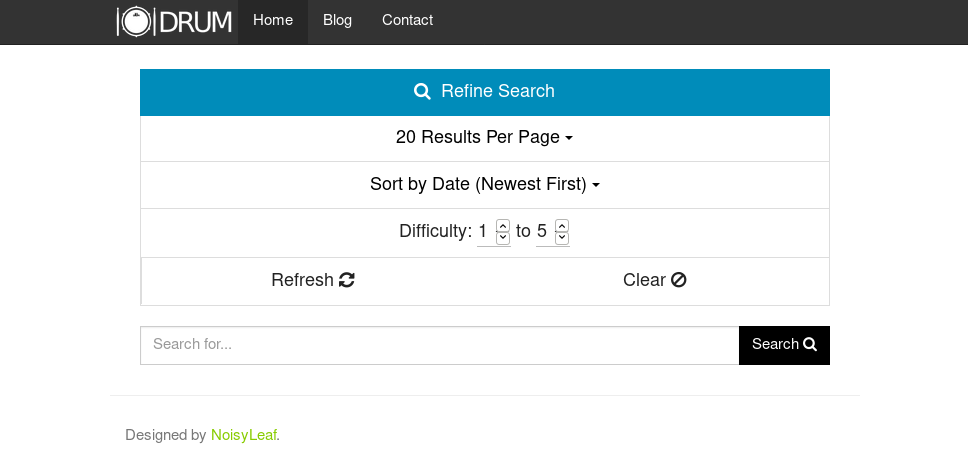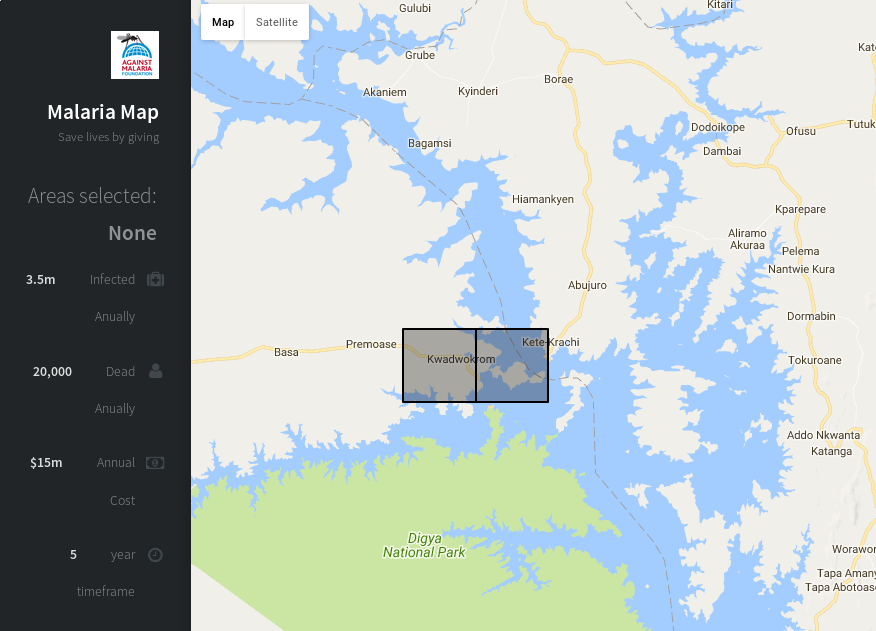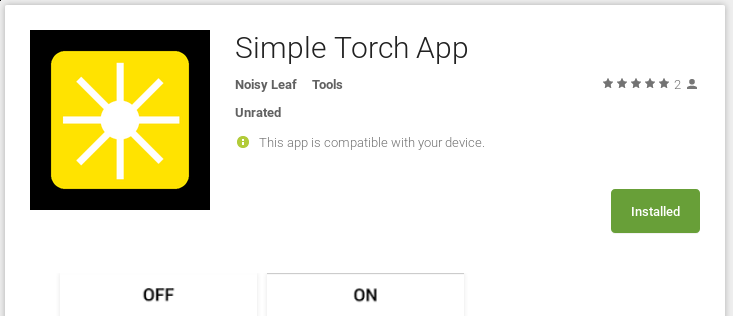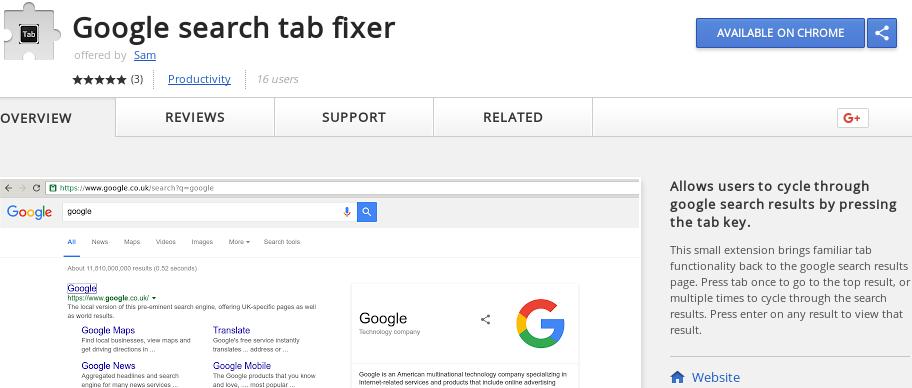Circumnavigating Iceland by Bike
Sam Lee
1 Introduction
In September 2016, I left for a 1400km cycle tour around Iceland. My trip, partly funded by the
Gladstone Memorial Trust, had been a goal of mine for many years.
2 Arrival
I arrived in Iceland at 9am. The sun shone strongly through the cabin windows as we approached the
landing, and greeted us with a surprising warmth when we stepped off the plane. A short bus ride
later, and I was in the middle of Reykjavík. I set up my tent, and walked off to pick up my
bike.
There was some confusion when I first arrived at the bike shop. The man who greeted me hurriedly
put together a bike which had smoothed tires and a worn frame. I complained and we discovered a
pre-prepared bike in the back of the shop for me. The new bike was much better - the
frame was solid and brand new, the wheels were fresh and the grip still well formed, and
the panniers were high quality waterproof Ortliebs with lots of capacity. As this was the
first time I was seeing the equipment, renting was a bit of a gamble but it certainly paid
off.
Tired from my flight, I thought I’d have a short nap before meeting my cousin Birna to discuss my
trip. However, due to my flight fatigue, I woke up four hours later to 6 missed calls, having almost
missed dinner entirely. Luckily her daughter, my second cousin, was able to pick me up and I made it
just before the food was served.
I had not spoken to this part of my family before, so the dinner was a nice mix of getting to know
each other and questions about my trip. I felt like I was being tested on my ability to complete the trip
- which is something I am very grateful for, as it was a clear sign that my cousins cared and wanted to
look after me.
That night I went back to my tent and resumed my interrupted sleep. Twelve hours later I got up
for my last day in Reykjavík before I set off. I met with Auður, another cousin of mine who is a
mountaineering guide and a generally experienced explorer in the Icelandic landscape. I faced a similar
test, which lasted for a few hours, before having dinner with her and many other cousins, and staying
for the night. The experience Auður shared with me was invaluable, as was the equipment she lent me
for the journey.
The next morning, Auður took me on a final trip to the shop, showing me the food that she
recommended (dried fish and smoked lamb, among other things), before dropping me off north of
Reykjavík and leaving me with nothing to do but cycle.
3 Cycling
I struggled at first to get everything attached to my bike. Not ten minutes after I was
dropped off, the journey ahead of me seemed more daunting than ever, as the luggage I
couldn’t fit into my panniers perched precariously on the back of my bike. 2 hours later, at
the end of the fjord, the wind was so strong that the heavier gusts brought my bike to a
standstill, and even the roadsigns, bent backwards from a collision long ago, looked as if
they were losing the battle with the weather. After 80km I rolled into Borganes, the last
town with a supermarket that I would encounter for the rest of the week, and set up my
tent.
I spent an average of 9 hours cycling per day. With 1400km to cover, I had to spend the majority
of my day cycling and learn to appreciate the landscape without stopping to admire it more closely.
Despite the heavy traffic near Reykjavík and Akureyri, my main challenge on the road was certainly
the weather. The wind was a drain on my morale, stealing the little speed I could pick up with over
25kg of cargo. It fortunately only rained on a handful of days, but each rainfall was enough to keep my
equipment sodden for several days, and the water reduced the effectiveness of my warm clothing. Near
the end of my journey, 20km before Vik, I resorted to sucking the water out of my gloves
one finger at a time just to bring some feeling back to my hands. On the cliffs above me,
waterfalls turned to rainfall as the wind whipped then away from the rock’s surface. There were
enough sunny days on my trip to make up for the rain. When the clouds parted, golden
sunlight spilt over the mountains either side of me and often lifted my spirits along with my
roadspeed.
Adjusting to the long distances was not easy, but after a week it was easier. My daily morning
task, packing up my tent onto my bike, became second nature. I recognised which shops I
needed to stop at, and which shops were useless to me. I even started to remember to cycle
on the right hand side of the road. However, new problems started to surface; my knees,
weakened by a running injury, began to hurt after each day of cycling. Luckily my knees
didn’t get any worse throughout the trip, and I was able to continue to cycle at a reduced
speed.
4 Landscape
Iceland is experiencing a tourism boom. Last year, more than a million people descended onto the
island - three times the native population. As my cousins were only too eager to show me, high profile
guests like Justin Bieber have used the rugged landscape as a backdrop in videos, and there is even a
bollywood music video filmed in Iceland. The country is universally portrayed in media as an
untouched landscape, with boiling geysers shooting out of the ground next to frigid glaciers. I
experienced this side of the landscape. Often I couldn’t count the number of waterfalls in my field of
view. My route, the only road that encircles the country, cut through mountains and bore
under fjords. And yet, I felt a pang of guilt when I passed the few natural features that are
touted in music videos and tourist guides. The landscapes surrounding the attractions were
flattened by years of heavy tourism. Crowds of people took the shortest route between the
sights, ignoring the majority of the country and warping the terrain. I was one of these
tourists, and it was sad to see how my trip could affect the fragile environment I was there to
explore.
5 Camping
Campsites are plentiful in Iceland. Frustratingly, they are rarely marked on maps, and each campsite
will be on some maps but missing from others. Their quality varies significantly, with some boasting
free warm showers and cooking facilities, and others just offering a flat square of land. The price,
though, was pretty consistent; about 1200isk (£8) per night.
My favourite nights were spent in the wild. It is legal in Iceland to camp on any land that wasn’t
too close to a farmhouse or intended for farming. Lifting my bike down the steep sides of the
roads, any signs of civilisation quickly dropped away, replaced by trickling streams and
swaths of moss and grass. Taking care to leave the land undamaged, I would set up my
tent and start to cook dinner. The gas stove, strapped to the back of my bike all day,
was often too cold and refused to work unless I got into a sleeping bag with it for a few
minutes.
Waking up in the morning, I would stroll over to a river or waterfall to get cooking and
drinking water for the next day, sometimes picking wild blueberries on the way. My tent was
comfortable and warm, making it a daily challenge to exit, pack it all up and cycle off into the
cold.
6 Towns and cities
The majority of my time was spent outside of towns and cities. Aside from Reykjavík, there are only 4
cities with more than 10,000 inhabitants. I often looked forward to arriving at a town spotted on my
map, only to find when I arrived that the town consisted of a petrol station and some closely grouped
farmhouses. Arriving at a town called Húnaver late one night, I was informed that hundreds of farmers
were going to descend on the hall that evening for a sheep herding celebration. Having just cycled for 6
hours through an uninhabited valley, I had a hard time imagining where these people had travelled
from.
I spent 2 nights in Akureyri, the biggest city in the north of the country. It was an opportunity to
speak with other travellers, and have time to visit restaurants in the area. Eating at a fish
restaurant near my hotel, a miscommunication resulted in me trying some shark - not a wholly
unpleasant experience. I stayed in a hostel, which was pricey but gave me a place to dry
my clothes and to have a warm shower for the first time in a week. I enjoyed Akureyri,
but couldn’t wait to get back to the Icelandic countryside when I woke up on the third
day.
7 People
The Icelandic people that I met were all incredibly friendly. Despite the vast numbers of tourists
passing through the country every day, I could always ask for help or advice and receive a warm
welcome. Although I met many people, one particular encounter sticks out. Arriving at Bifröst at
around 4pm, wind-battered and soaking wet, I saw a sign for a coffee shop and excitedly pulled over at
Bifröst hotel. Dripping on the floor of the reception, I was directed to a shop at the back of the hotel
to pick up my coffee. To my dismay, the shop had closed half an hour before I arrived. When I told the
receptionist what had happened, she offered me coffee from the hotel office, and even allowed me to sit
inside to dry off. I left an hour later, my spirits lifted and my shoes less wet. I continued to cycle for
a few hours, as the weather improved throughout the afternoon, before locking my bike
to a roadsign and descending down a steep hill to find a flat piece of land for my tent.
When I got back to my bike after a cold night, a jar of instant coffee was resting on top of
it.
8 Family
This cycling trip has been a target of mine for a long time. My grandmother, having grown up in
Iceland, would tell me stories about the Icelandic countryside where she grew up, making me wonder
why she ever left. Because of her, I have many relatives in Iceland. I met 8 of my first cousins, and
more second cousins than I had time to count. As I mentioned at the start of this report, I was lucky
to have done so. When arriving, I had dinner with my cousins and was given valuable advice about my
trip. On one extremely windy day, my uncle Böggi was able to pick me up and drive me to
Fáskrúðsfjörður, my grandmother’s home town, to stay with him for a few days. When I got back to
Reykjavík I was welcomed into my cousins house for the week before my flight home. Their kindness
made my trip much more enjoyable, and made me feel at home in a country as alien as
Iceland.
9 Conclusion
The one thing I thought about when leaving Iceland was when I would be going back. Every night in
my tent I would write down in a notebook the towns and sights that I wanted to visit
again, and the ones that I was unable to get to but wanted to experience in the future.
Even though I spent a month there, I feel I have left with so much of the country still to
explore.






